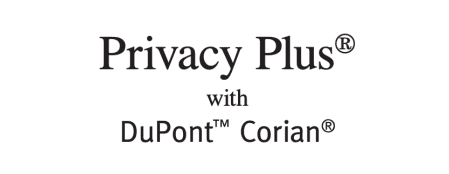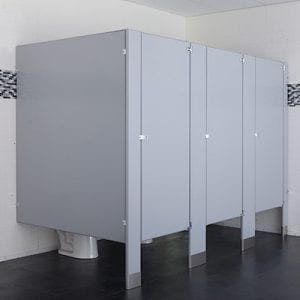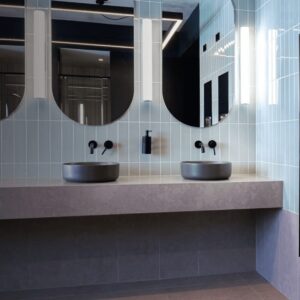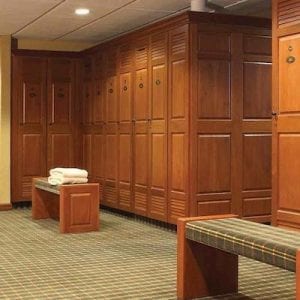Products We Install
CSI is your go-to installation team for all Specialty Construction Products
Fully insured and meet all insurance requirements including; OCIP, CCIP, Certified Payroll & Prevailing Wage.
Installers have a minimum of 30 hours of OSHA training. We follow all state-of-the-art safety protocols.
CSI is certified to install the following premium brands:
- Privada Washroom Partitions
- Thrislington Cubicles
- Privacy Plus Partitions
- Hollman Lockers




CSI has over 30 years of experience installing bathroom partitions
Our Process is Simple
We handle everything from measuring the job site, receiving and delivering, and, of course, the installation.












